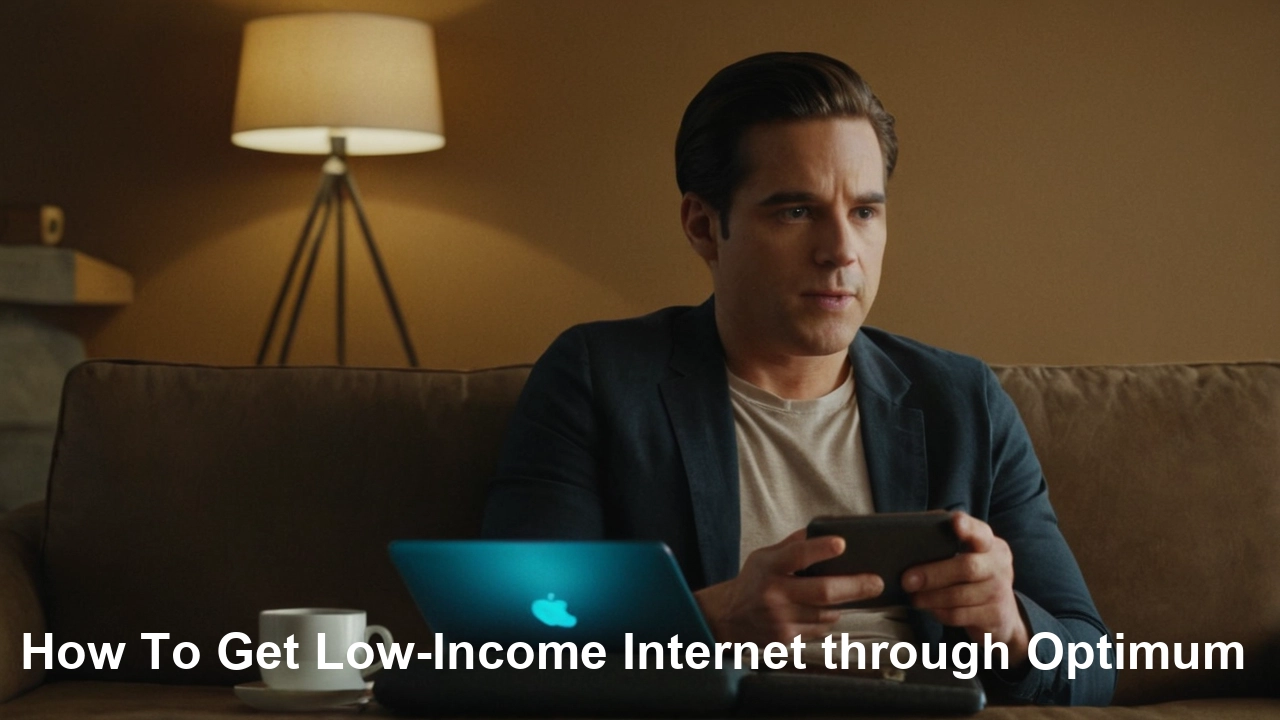
It is now a proven fact that the internet has a central role in everyday life. Right from communication, entertainment, and places of work, to education, the Internet is highly important. However, not everyone can be able to afford these expensive internet plans for people with tight budgets. This blog post will try to help you out with a list of free and cheap ways how to get the Internet so you can have it even if you don’t have the cash for it.
1. Public Wi-Fi hotspots
Wireless connections are mapped all over the city including cafes, libraries, parks, and any public area. These hotspots are normally free, but beware because these networks can be unsafe. The key piece of advice is to refrain from connecting to unknown networks and, if it’s necessary to do so, use a VPN.
2. National programs and initiatives
Some countries in the world have government programmes that offer free or subsidized internet to their people. See if your country is among those countries that have such measures. For instance, in the United States, the EBB or the Emergency Broadband Benefit program provides eligible households with discounts for internet plans.
3. Community Wi-Fi networks
Most urban societies establish wireless networks that are available to the spectral inhabitants at no cost. Such networks can be secured with a password and can be also free-of-charge networks. Contact your state or other local authorities to find out more about these networks in your region.
4. Mobile data sharing
If you own a mobile device and have the internet on it with no restrictions as to the amount of traffic – don’t hesitate to share it with others. Also, some mobile carriers, are introducing data-sharing plans for instance T-Mobile Tuesdays which allows one user to share data with up to 12 other lines.
5. Satellite internet services
New generation satellite internet services which are HughesNet, Viasat, Starlink and others, could also be used if one is unable to access other internet services due to his or her location. Despite the fact, that the plans may be pricey a bit, they are much cheaper than other cheap internet solutions.
6. Schools and public libraries
The free Wi-Fi is available to the general public through public libraries' access points and the schools provide such free service to students. If you happen to be close to a library or school use this resource they are very useful. They also assist many patrons in gaining access to computers and /or other Internet-compliant devices as well.
7. Net gear extender
If you can get a good signal from your wireless provider, but find that certain areas of your house have no wireless signal coverage, then you should consider a wireless booster. These devices can amplify your signal and therefore enable you to reach the internet even from farther distances.
8. Mobile hotspots
If you’re using an Android phone or tablet that supports mobile data, you can share data connection over Wi-Fi. Hotspots are portable, and they can give internet access on the move.
9. Low-cost ISPs
Chapters 6 and 7 reflect on the affordability of ISP services and identify ISPs that provide cheap offers. Sometimes ISPs reduce the rate due to income, study, or any other reasons. Before selecting a plan compare prices and do not forget to read the terms and conditions of the plan.
10. These assistance programs are affiliated with the government.
However, there exist several support services in the government for those who need the Internet. It may offer subsidies or grants, and special discounts for low-income earners or students or at certain periods of the year.
11. Social media
If you need some ideas on how to remain engaged online without having to spend a fortune on the data, then social media platforms are the answer. Computer messaging is also available for free on most social media platforms such as Facebook, Twitter and Instagram hence, you can communicate with your friends or relatives using end-to-end applications without necessarily exhausting your data.
12. Save data usage
Finally, save on your browsing by going for websites that provide low bandwidth access to popular content. The other sites to get the low-data streaming versions of these videos include; YouTube and Facebook.
Finally, I can say that people have many ways to connect to the Internet for free, or for very little money. This includes public Wi-Fi hotspots including railway stations, airports, municipalities and other establishments, ideas and concepts spearheaded by the government, sharing of mobile data, establishing satellite internet services, schools and public libraries, and mobile hotspots. It is necessary to take into consideration all the possibilities available in your area and then, on the base of you decide about the best way to solve the problem.






